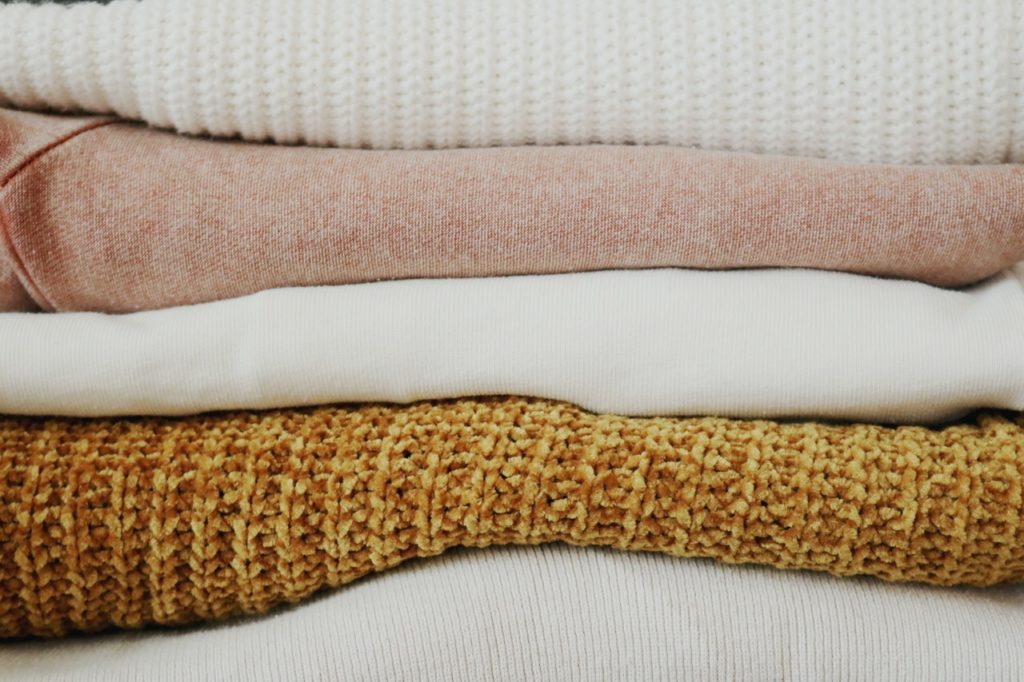Historically, fabric is known for being one of the most valued commodities. For centuries, silk, cotton, and different types of material have exchanged hands from culture to culture. Fabric was so essential that silk was the primary catalyst for one of the oldest international trade routes in history.
Even after hundreds of years, much of the world’s economy still relies on the multi-billion-dollar textile and fashion industry. But what makes fabric such an essential part of our society? What are some new fibers that can help us with our daily lives? Here’s what you need to know.
What Makes Fabric So Important?
Fabric is known for being a critical raw material on the market since it can be transformed into a variety of commodities. People need clothing, of course. Inside our homes, there are fabrics everywhere, from the curtain to the bedsheet, to the rugs on our floor. Many countries in temperate and colder regions will always have a demand for fabric to stay warm during the colder seasons.
Another industry that has valued fabric for a long time is the fashion industry, a multi-billion-dollar business that will always require unique fabric for designs. But how does this affect a normal person, you ask?
Specific statistics have shown that the average American household will spend around $2,000 on footwear, clothing, and other textile-based products every year. This means that the fashion industry comprises approximately 2% of the world’s GDP.
Where does fabric come from? They are the product of fibers harvested from different plants, animals, and minerals. But with the vast population growth, the industry had to find more sustainable sources of fabric. Here are a few ones that emerged in recent years.
Pineapple-based Fiber
How does one make fiber out of pineapples when it’s known for being too juicy and pulpy? You can keep the fruit for yourself because manufacturers and designers focus more on the pineapple’s leaves.
This fabric isn’t unheard of since some cultures have been using pineapple as a source of fabric for centuries. This is definitely true when it comes to South East Asian countries like the Philippines, where it is called Piña. This fabric is popular when creating the country’s traditional dresses and apparel.
But in the modern context, pineapple-based fiber has been used by manufacturers to weave more sustainable fabric that doesn’t require water nor chemicals to produce. This makes pineapple fabric one of the best materials for reducing waste. Besides being environmentally friendly, it’s also known for being flexible, lightweight, and easy to stitch-up.

Vegan Leather
Vegan leather is an alternative to animal-based leather. It’s considered a “green” and sustainable material used in various products. Contrary to what most people think, vegan leather is a general term and not just one type of material.
One of the most peculiar forms of vegan leather is in the form of fabric that’s grown in mushrooms. Since mushrooms are comprised of a microscopic fiber network, this makes it a prime candidate over slaughtering animals for their hides.
MycoTEX, as its designer calls the fabric, is known for being flexible and versatile. Its flexibility means that it can take the wearer’s shape and make it fit without any problem. In terms of durability, this fabric can also be repaired and tweaked since the fungus can create unique patterns.
Generally, vegan leather is made from cruelty-free materials like recycled fruits, leaves, and even plastic. Whatever it’s made from, it has helped cut down on greenhouse gas emissions worldwide.
Cotton and Wool
But whether you’re looking for intricate materials like pinatex or fungi-based fabric, one of the most “sustainable” types of fiber comes in the form of cotton. Compared to other more refined types of fiber, cotton can be quickly produced and won’t produce a lot of waste.
Both cotton and wool are known for their extraordinary insulation capabilities, which makes them highly prized materials in colder countries. These same materials are popular for weaving those uniquely patterned, custom scarves that can definitely keep you comfortable and cozy throughout the winter season.
Throughout history, fabrics have played an important role in trade and, in turn, our personal effects. Technology has allowed us to create new and more sustainable materials to create our fabrics. Who knew 50 years ago that plastics can be turned into fibers to make our clothes?
Having said that, who knows what innovation will bring in the future? What can man think of to produce fabric from new, unexpected materials?
One thing’s for sure, people always need fabric to cover us and keep us warm.



